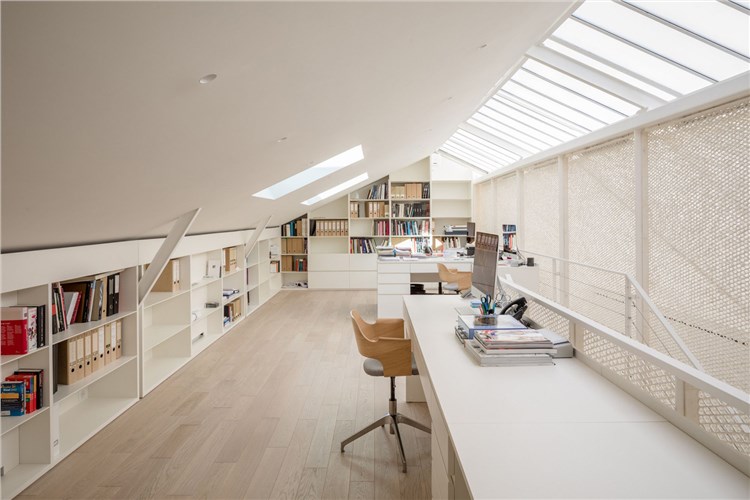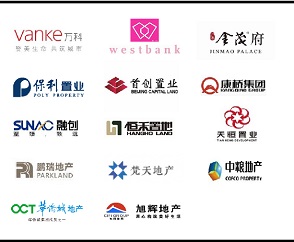隈研吾:私人“纸”博物馆设计
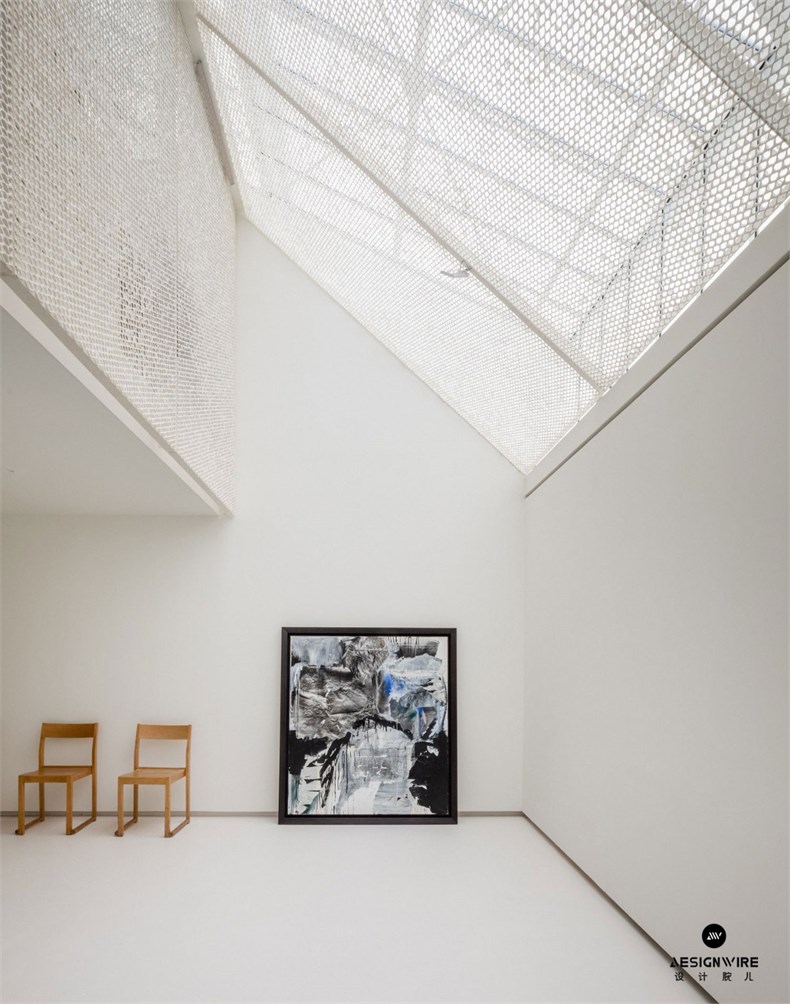
在接触一个建筑项目时,纸张可能是人们最意想不到的材料,但这正是隈研吾(Kengo Kuma) 在巴黎为西班牙艺术家AntoniClavé(1913年)作品收藏,所设计的私人博物馆而用到的材料。
Paper is perhaps the very last material one would think of when approaching a project of architecture, but this is precisely the material Kengo Kuma and Associates have turned to when designing a private museum in Paris to house the archives of late Spanish artist Antoni Clavé (1913-2005).
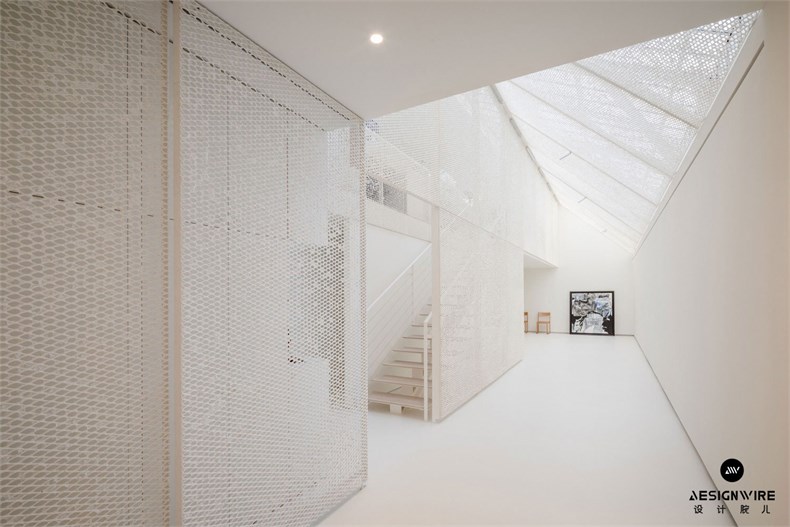
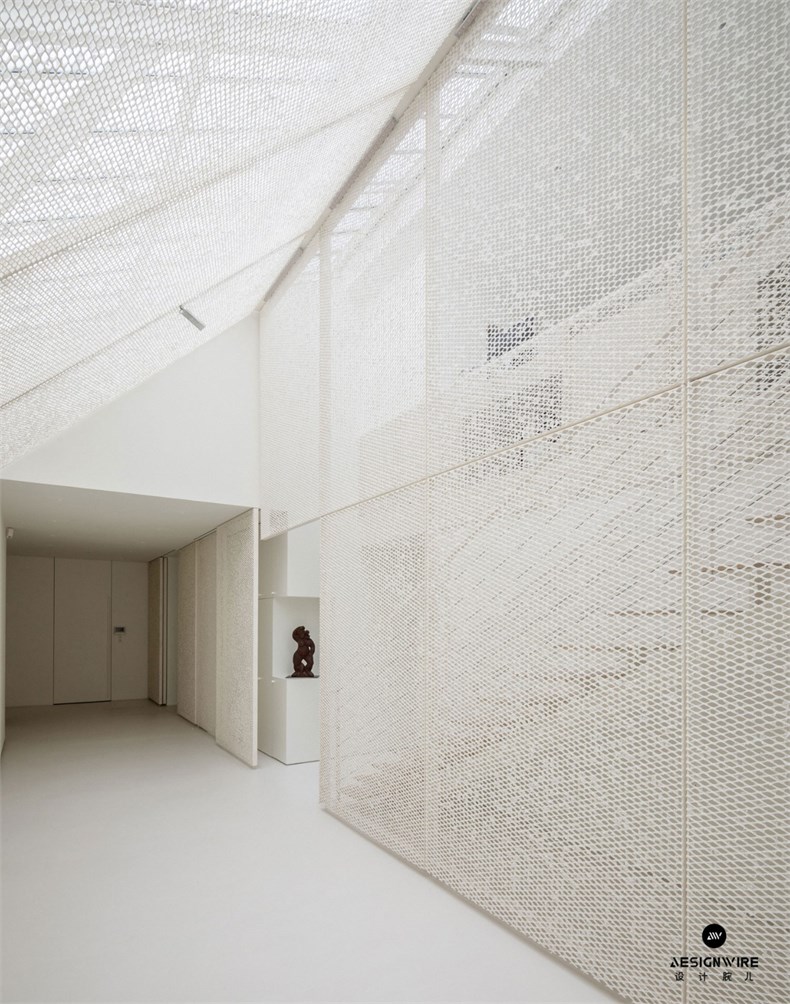
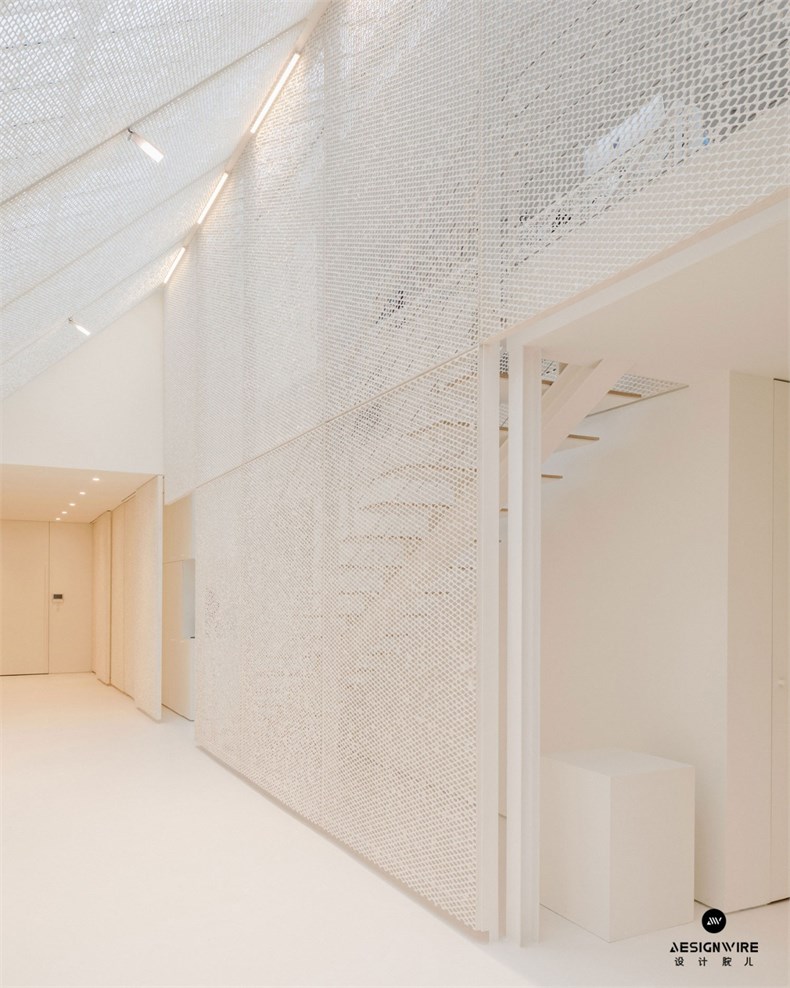

更确切地说,他使用了一种用纸糊包裹的金属丝网来划分博物馆的内部空间,这是西班牙绘画大师作品中,占据主导的纹理的恰当反映。
More precisely, the Japanese architects have employed a wire mesh that’s been blasted in paper to divide the interior of the museum – a fitting reflection of the powerful textures synonymous with Spanish master painter’s work.
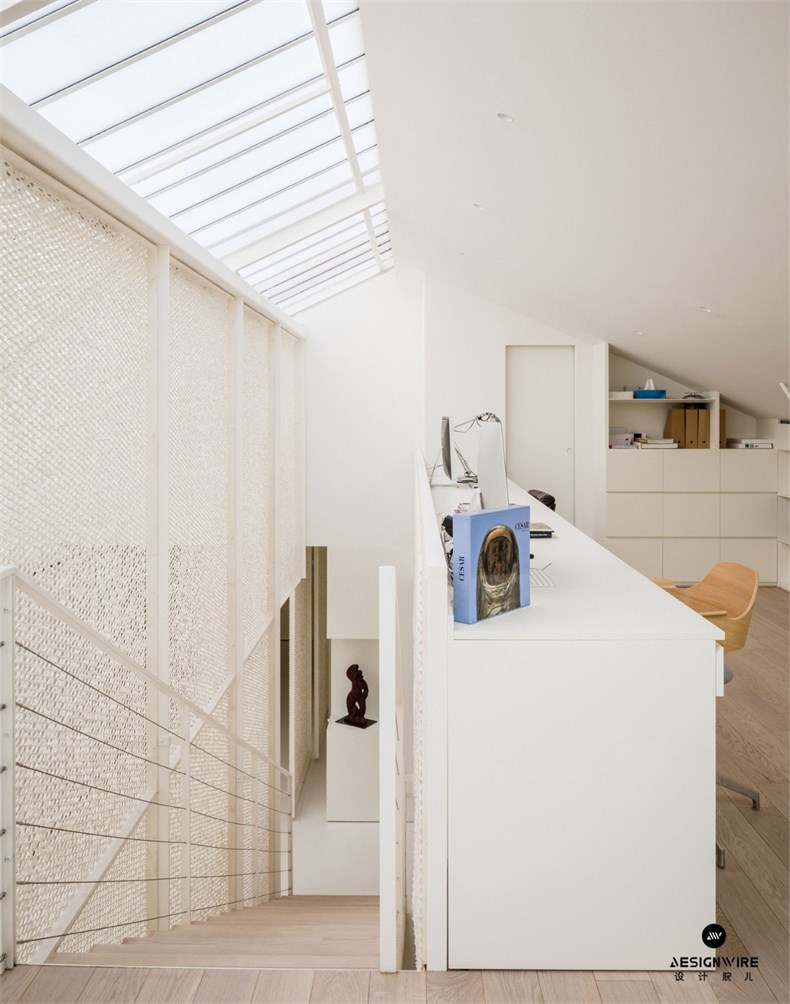


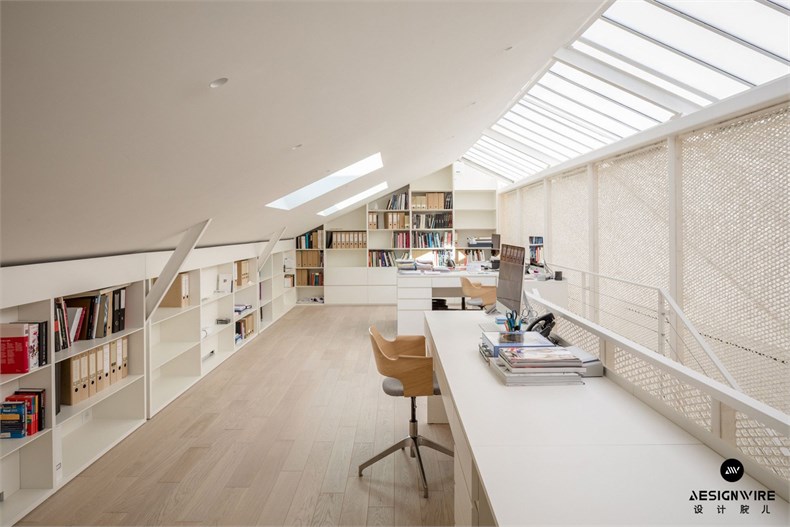
隈研吾使用传统的、以质地和质量而著称的日本纸,与空间内部其他部分的极简主义光滑表面形成鲜明对比。纸质涂层金属丝网围绕着博物馆的中央楼梯,上面是宽大的线形天窗。注入空间的自然光,同阴影沿着高质感的屏幕流转时,创造出动态的光影效果。
Kengo Kuma and Associates worked with traditional Japanese washi paper known for its textural quality and strength, used as a clever contrast to the minimalist, smooth surfaces of the rest of the interior. The paper coated wire mesh centres around the museum’s central staircase capped by a generous linear skylight. The natural daylight that pours into the space creates a dynamic interplay of light and shadow as it passes down the highly textural screen.

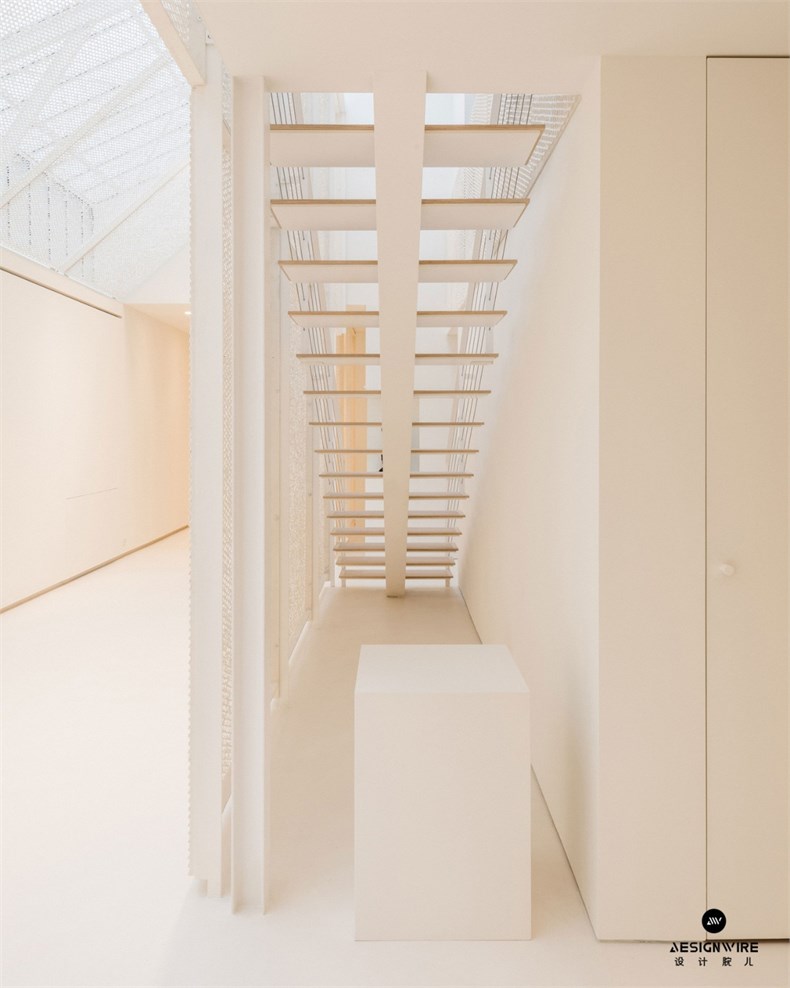
纸张覆盖的屏幕是由法国西部的Yasuo Kobayashi工作室制作的。这家源自日本新泻的制造商,将金属网浸泡在由纸桑皮和木槿制成的淀粉液体中,通过干燥过程中控制和调节溶液的浓度来实现不同的透明度,从而产生完全具有独特质感的屏幕。
The paper-covered screens were made in western France by Yasuo Kobayashi, a washi manufacturer with a studio located in Niigata, Japan. During the process of washi-making, the metal mesh was soaked in a starchy liquid made from paper mulberry and sunset hibiscus. Varying levels of transparency were achieved by controlling and adjusting the thickness of the solution as the washi dried, resulting in a screen with a totally unique three-dimensional quality.
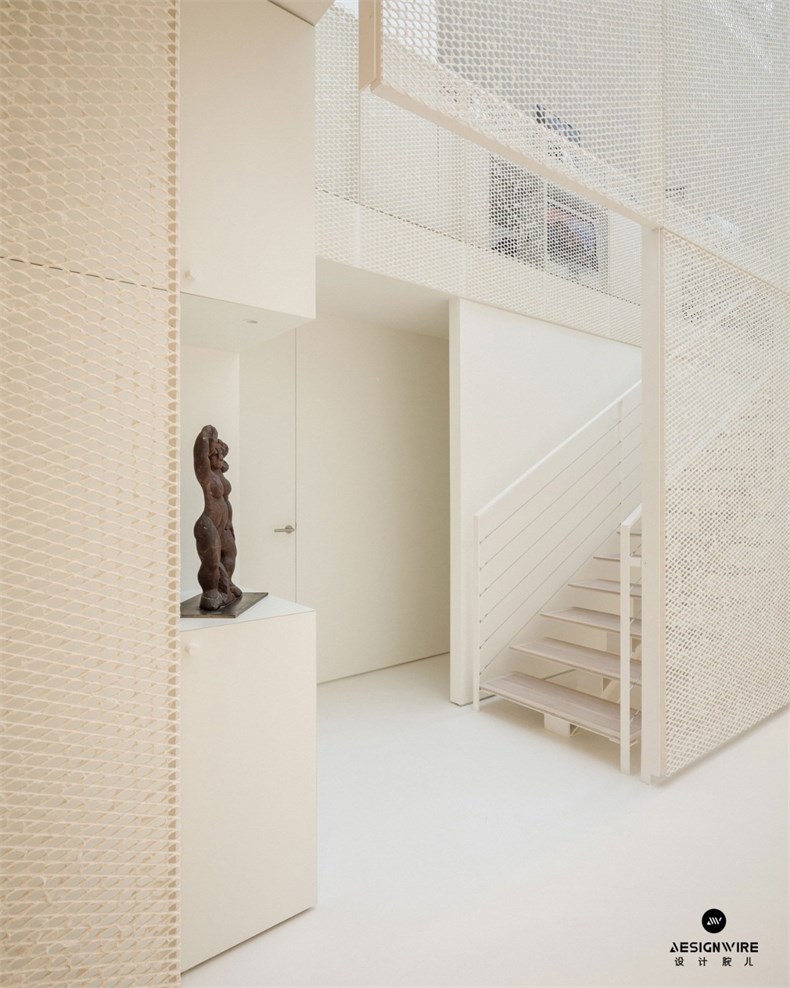
Edit by Designwire
